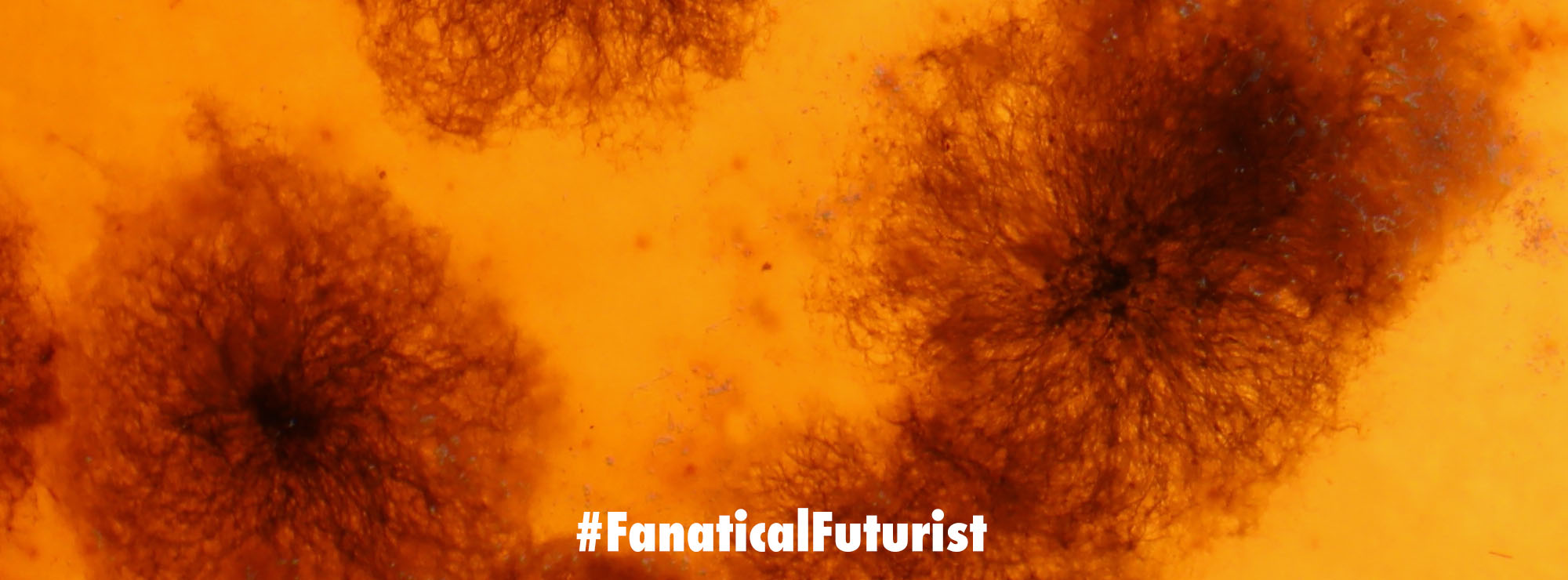WHY THIS MATTERS IN BRIEF
It’s increasingly possible to develop vaccines and medicines to stop diseases and Pandemics we haven’t experienced yet, and that changes healthcare forever.
 Love the Exponential Future? Join our XPotential Community, future proof yourself with courses from XPotential University, read about exponential tech and trends, connect, watch a keynote, or browse my blog.
Love the Exponential Future? Join our XPotential Community, future proof yourself with courses from XPotential University, read about exponential tech and trends, connect, watch a keynote, or browse my blog.
Researchers from MIT and the California Institute of Technology (Caltech) have made significant strides in vaccine development that could protect against emerging variants of SARS-CoV-2, the virus responsible for COVID-19, as well as related coronaviruses known as sarbecoviruses.
These viruses can spill from animals to humans, raising global public health concerns.
SARS-CoV-2 is not the only virus in the sarbecovirus family; it also includes the original SARS virus that triggered a major outbreak in the early 2000s.
Current strains circulating in wildlife, especially bats and various mammals, can potentially infect humans in the future.
The Future of Healthcare and AI, by Keynote Matthew Griffin
To address this looming threat, the researchers have designed a novel vaccine that leverages advanced immunological techniques and computational models.
The cornerstone of this innovative vaccine is the use of nanoparticles. By attaching up to eight distinct versions of sarbecovirus receptor-binding proteins (RBDs) to these nanoparticles, the team has created a vaccine that promotes the generation of antibodies targeting regions of the RBDs that remain remarkably stable across different viral strains.
This design significantly reduces the likelihood of viral mutations that can evade the immune response triggered by vaccines.
“This project exemplifies how the integration of computational methods with immunological research can be highly effective,” remarks Arup K. Chakraborty, the John M. Deutch Institute Professor at MIT and a member of both MIT’s Institute for Medical Engineering and Science and the Ragon Institute of MIT, MGH, and Harvard University.
Chakraborty and Pamela Bjorkman, professors of biology and biological engineering at Caltech, are the senior authors of this groundbreaking study, published recently in the journal Cell.
The research was led by Eric Wang, a PhD student at Caltech, with contributions from postdoc Alexander Cohen and graduate student Luis Caldera.
The research builds on previous efforts led by Bjorkman and Cohen, who developed a “mosaic” 60-mer nanoparticle that displays eight different sarbecovirus RBD proteins.
The RBD is a crucial part of the viral spike protein that facilitates the virus’s entry into host cells and is the primary target for protective antibodies.
Typically, the regions within RBDs that can mutate are most susceptible to traditional vaccine-induced antibodies.
The antibodies generated by current mRNA COVID-19 vaccines tend to target these variable, easily accessible regions, which is a key reason why updates are frequently needed to tackle new strains.
In contrast, this new vaccine aims to stimulate the production of antibodies that target shared, stable regions within RBDs that are less likely to mutate. This broader approach could provide more sustainable protection against various sarbecoviruses.
The mechanism behind the vaccine involves stimulating B cells, which develop receptors that transform into antibodies.
To be effectively activated, these receptors perform best when encountering multiple copies of an antigen to bind. Unfortunately, conserved regions of the RBDs are less accessible, causing B cells to target the more variable regions often instead.
The researchers’ nanoparticle vaccine incorporates 60 copies of RBDs from eight related arboviruses to address this challenge.
The diversity of proteins displayed on each nanoparticle minimizes the chance that identical RBDs will surround each other, increasing the likelihood that a B cell receptor will recognize and bind to the conserved regions effectively.
“The idea behind our vaccine is that by featuring multiple different RBDs on the nanoparticle, we can select for B cells that can identify and respond to the shared conserved regions,” Cohen explains.
“This ultimately leads to a more cross-reactive antibody response and could pave the way for broader protective effects.”
Promising results from animal studies have shown that the mosaic-8 vaccine induces strong antibody responses against a range of SARS-CoV-2 variants and other sarbecoviruses. The vaccine also provided protection when animals were challenged with SARS-CoV-2 and the original SARS virus.
Following earlier research published in 2021 and 2022, the Caltech team collaborated with Chakraborty’s lab at MIT to explore computational approaches to discover RBD combinations that could elicit even more robust antibody responses against a diverse selection of sarbecoviruses.
The project involved two main strategies: a large-scale computational screening of potential mutations in the RBD of SARS-CoV-2 and an evaluation of naturally occurring RBD variants found in zoonotic sarbecoviruses.
In the first approach, the team started with the original SARS-CoV-2 strain and developed about 800,000 candidate sequences by introducing variations in sites known to affect antibody binding.
As the fight against COVID-19 continues, this groundbreaking work underscores the importance of ongoing research and innovation in vaccine development to stay ahead of evolving viral threats.















